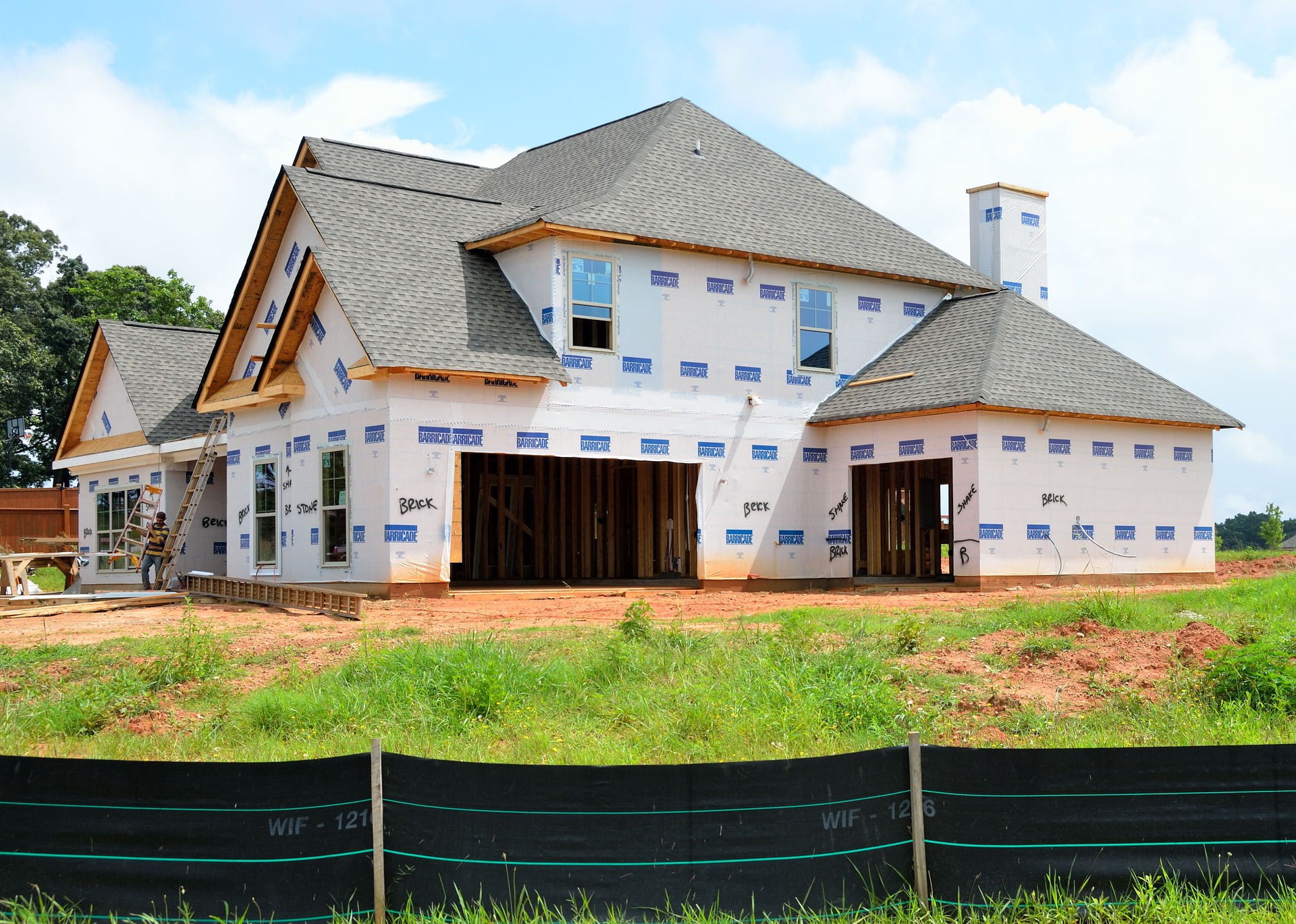Prefabricated Homes: A Modern Solution for Affordable and Efficient Housing
Prefabricated homes have gained popularity in recent years as a practical and cost-effective alternative to traditional housing. These innovative structures offer a unique blend of affordability, efficiency, and customization that appeals to a wide range of homeowners. From compact container homes to spacious modular houses, prefabricated construction is revolutionizing the way we think about building and owning a home.

The main difference between prefab and traditional homes lies in the construction method. While traditional homes are built from the ground up on-site, prefab homes are largely assembled in a factory and then transported to the building site for final installation. This approach offers several advantages, including reduced construction time, better quality control, and often lower costs.
What are the different types of prefabricated homes available?
There are several types of prefabricated homes available to suit various needs and preferences:
-
Modular homes: These are the most common type of prefab homes, consisting of multiple sections or modules that are assembled on-site to create a complete house.
-
Panel homes: These homes use pre-made wall panels that are transported to the site and assembled to form the structure of the house.
-
Container homes: Repurposed shipping containers are transformed into living spaces, offering a unique and eco-friendly housing solution.
-
Kit homes: These come as a complete package of pre-cut and pre-fitted components that are assembled on-site, often by the homeowner or a contractor.
-
Manufactured homes: Also known as mobile homes, these are built entirely in a factory and transported to the site on a permanent chassis.
What are the benefits of choosing a prefabricated home over a traditional house?
Prefabricated homes offer several advantages over traditional construction methods:
-
Cost-effectiveness: The controlled factory environment and streamlined production process often result in lower overall costs.
-
Faster construction: Prefab homes can be built in a fraction of the time it takes to construct a traditional house, reducing labor costs and allowing for quicker occupancy.
-
Quality control: Factory-based construction allows for stricter quality control measures, ensuring consistent standards across all components.
-
Eco-friendly: Prefab construction typically generates less waste and can incorporate more sustainable materials and energy-efficient designs.
-
Customization: Despite being pre-made, many prefab homes offer a high degree of customization to suit individual preferences and needs.
-
Reduced on-site disruption: Since most of the construction happens off-site, there is less noise, waste, and disruption at the building location.
How much do prefabricated homes cost compared to traditional houses?
The cost of prefabricated homes can vary widely depending on factors such as size, design, materials, and location. However, in general, prefab homes tend to be more affordable than traditional houses due to the efficiency of the construction process and reduced labor costs.
| Home Type | Average Cost Range | Key Factors Affecting Price |
|---|---|---|
| Modular Home | $100,000 - $300,000 | Size, customization, finishes |
| Container Home | $30,000 - $150,000 | Number of containers, finishes |
| Panel Home | $150,000 - $400,000 | Size, design complexity |
| Kit Home | $50,000 - $200,000 | Size, materials, assembly method |
| Traditional Home | $200,000 - $500,000+ | Location, size, materials, labor |
Prices, rates, or cost estimates mentioned in this article are based on the latest available information but may change over time. Independent research is advised before making financial decisions.
It’s important to note that while the base cost of a prefab home may be lower, additional expenses such as land purchase, site preparation, utility connections, and permits should be factored into the overall budget.
How long does it take to build and install a prefabricated home?
One of the most significant advantages of prefabricated homes is the reduced construction time. While a traditional home can take 6-12 months or more to build, a prefab home can often be completed in a matter of weeks or months.
The timeline for a prefab home typically breaks down as follows:
-
Design and planning: 1-3 months
-
Factory construction: 2-4 months
-
Site preparation: 1-2 months (can be done concurrently with factory construction)
-
On-site assembly and finishing: 1-3 months
Overall, from start to finish, a prefab home can often be ready for occupancy in 4-8 months, depending on the complexity of the design and any customizations.
Are prefabricated homes as durable and long-lasting as traditional houses?
Contrary to some misconceptions, modern prefabricated homes are built to the same building codes and standards as traditional homes. In fact, the controlled factory environment often allows for more precise construction and stricter quality control, potentially resulting in a more durable structure.
Prefab homes are designed to withstand transportation and crane lifting, which can make them structurally stronger than traditional homes in some aspects. With proper maintenance, a well-built prefab home can last just as long as a traditional house, with many lasting 50 years or more.
It’s worth noting that the longevity of any home, prefab or traditional, depends largely on the quality of materials used, the construction methods employed, and how well the home is maintained over time.
In conclusion, prefabricated homes offer a compelling alternative to traditional housing, combining affordability, efficiency, and quality in a package that appeals to a wide range of homeowners. As technology and design continue to advance, prefab homes are likely to play an increasingly important role in addressing housing needs around the world.






